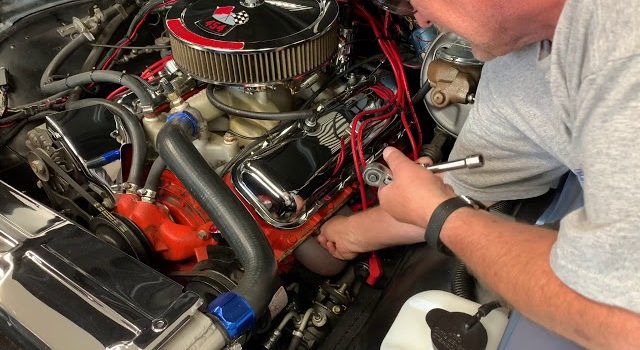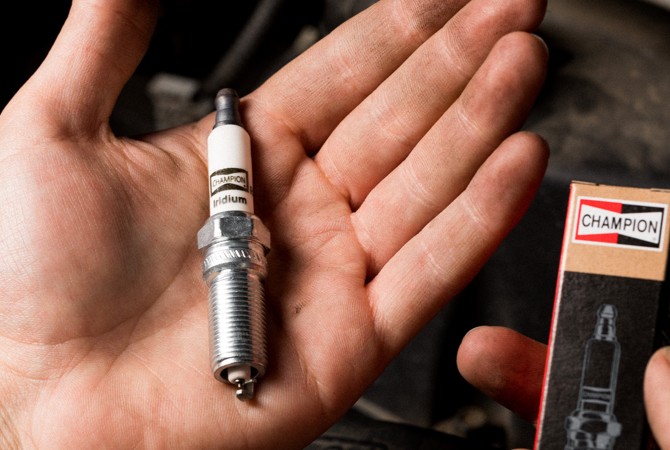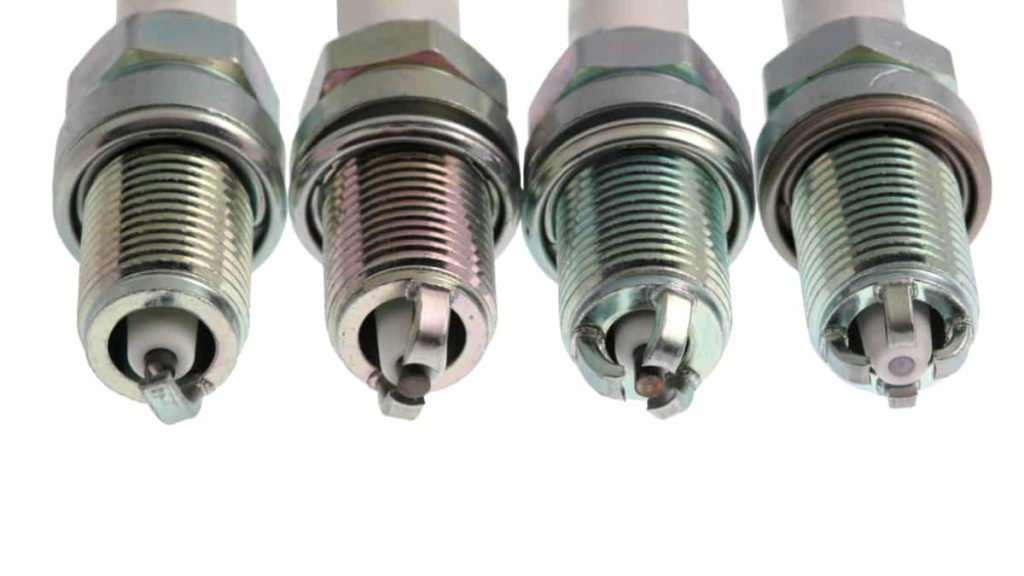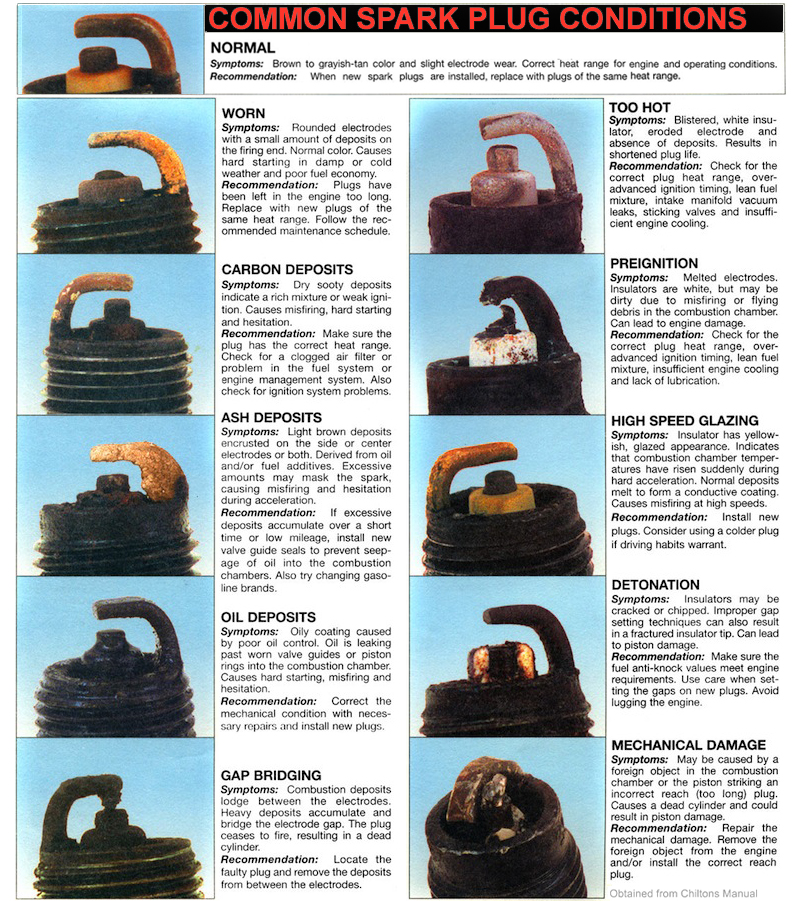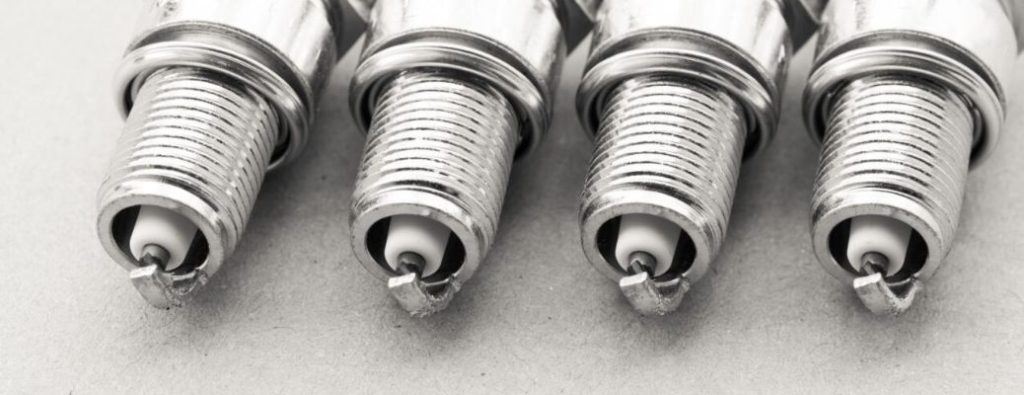
Sale, Dog days of Summer – Free Shipping On Order Over $289
Get Free Shipping* when you apply the Code: DDF24 during checkout on orders over $289, valid until 07/18/24 (9pm ET). Don’t miss out on this opportunity to save on the essential parts that keep your restoration moving forward.

